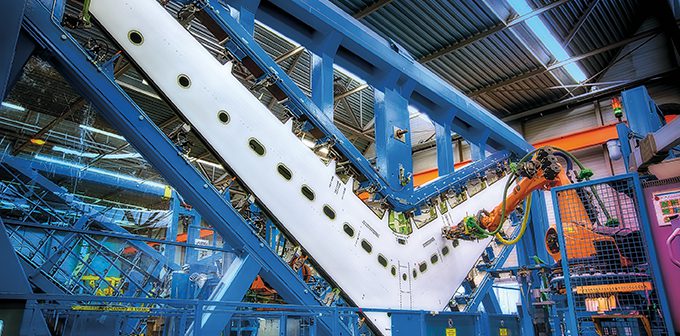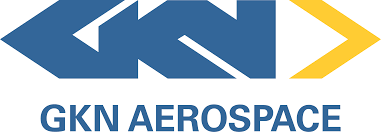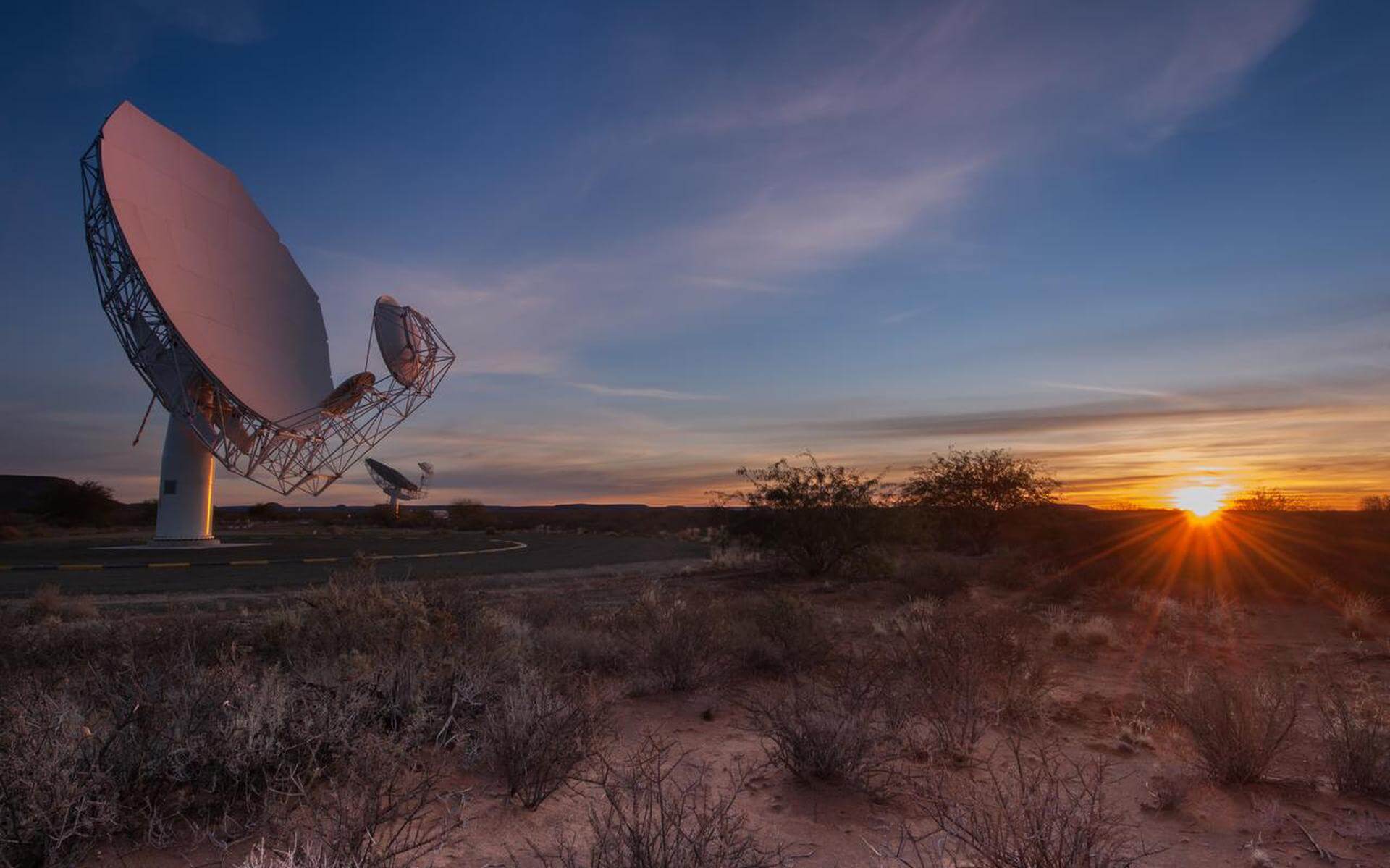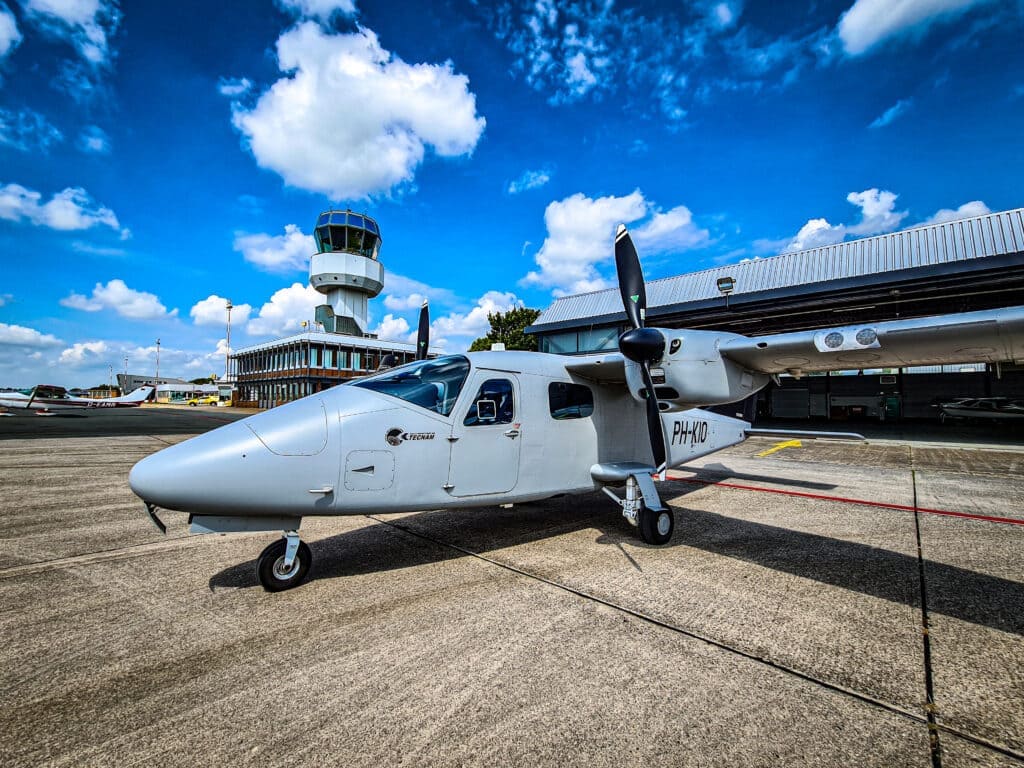The aerospace sector in the Northern Netherlands
Groningen, Friesland, and Drenthe have a significant amount of combined experience and facilities within the Aerospace sector. In terms of air travel, Eelde Airport in the Province of Drenthe (one of the only other International airports in the Netherlands other than Schiphol) is home to the KLM Flight Academy.

Would-be pilots have learned how to fly at Eelde since 1954, and it is now the major feeder academy for KLM and a number of other airlines around the world. Students can either take courses at Eelde, or live on the school’s campus.
The Netherlands’ most famous plane builder is also based in Drenthe; Fokker. Now part of GKN group, Fokker Aerostructures is based in Hoogeveen and, in early 2019, received an enormous order from US-based Pratt & Whitney to provide parts for the new F-35 fighter jet. Throughout the entire country, all companies and enterprises dedicated to aerospace can join the NAG- a foundation organisation that works to ‘green’ the process of making and flying aircraft, as well as making production more efficient, introducing innovative companies so that they can share their ideas; and also presenting the Dutch aerospace industry to the world.
In terms of space travel, research, and exploration, the Northern Netherlands is also a leading destination in Europe. The first (and still accurate) mapping of the solar system was completed by the Frisian visionary Eise Eisinga in Franeker (Friesland), in 1781. To this day, the tradition of space research continues: no more so than at SRON- the Netherlands Institute for Space Research- which is based on the Zernike Campus in Groningen. Within Groningen and Drenthe, ASTRON is responsible for some of the most advanced telescopic arrays in the world. ASTRON is allied to SRON under the Dutch national agency for innovation and research. The WSRT array, based in Westerbork in Drenthe, is a ‘traditional’ series of radio telescopes, whilst the LOFAR array of low-frequency units (38 in the Northern Netherlands), also stretches across France, Germany, Sweden; the UK, and Poland. ASTRON is also currently working on the ‘Square Kilometre Array’, which will be the largest of its kind in the world, once complete.
All of this research allies with the highly-regarded educational institutions in the North. The University of Groningen has been researching space since 1883, and its current BSc in Astronomy is one of the top-rated courses in the Netherlands, whilst the 2-year MSc in Astronomy (also one of the top-rated courses in the Netherlands) provides an ample supply of motivated young talent for the space sector. The Kapteyn Astronomy Institute, located at the Zernike Campus in Groningen is the centre for much of the teaching and research that the university does into space, and is part of NOVA- the Dutch research institute for space. Its research areas include Galaxy Structure, Formation, and Evolution, Interstellar Medium and Star and Planet Formation, Cosmology and Large Scale Structure; and High-Energy Astrophysics and Active Galaxies.











